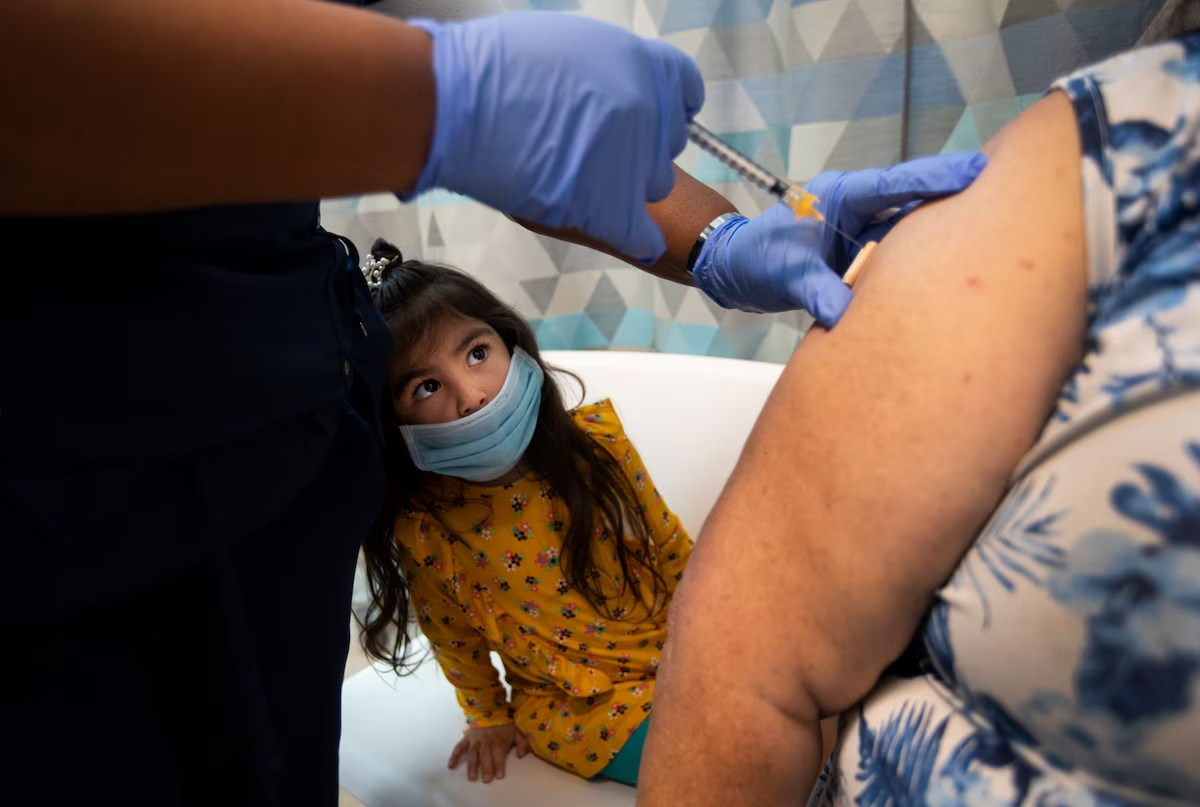You are here
ANALYSIS: To reach herd immunity, kids will have to be vaccinated
Primary tabs
 What we know so far about the effort to vaccinate children To achieve herd immunity, experts say kids need to get vaccinated, reducing the virus's ability to spread. Science
What we know so far about the effort to vaccinate children To achieve herd immunity, experts say kids need to get vaccinated, reducing the virus's ability to spread. Science Millions of parents breathed a collective sigh of relief this week as the preliminary results of the Pfizer/BioNTech COVID-19 vaccine trial in 12 to 15 year-olds revealed what so many had been hoping for: The vaccine works in teens too. ...
With nearly a third of the country having already received at least one dose of a COVID-19 vaccine and more than 2 million vaccinations occurring every day, the cloud of anxiety that has plagued the nation for the past year is finally beginning to lift. The end of the pandemic is in sight. Attaining herd immunity—the point at which transmission stops because the virus doesn’t have enough susceptible hosts to infect—now feels like a real possibility. But there’s a catch: The children must be vaccinated.
“We’ll never get to that population level of herd immunity until we vaccinate kids,” says Jennifer Nayak, division chief of pediatric infectious diseases at the University of Rochester Medical Center in New York. She was also “incredibly excited” by the Pfizer/BioNTech results.
“The fact that children are mounting a robust response to the vaccine is very positive and really bodes well that hopefully we’ll see the same thing as we move into the lower age groups in testing vaccines,” Nayak says.
With kids making up about 22 percent of the population in the United States, their immunity is crucial to reaching a national threshold of immunity, which experts estimate to range from 70 up to 90 percent, explains Tara C. Smith, an epidemiologist at Kent State University in Ohio.
Even if the U.S. reached that range without children, the disease would continue spreading because it’s herd immunity at the local, not national, level that matters, says Dominique Heinke, a postdoctoral researcher and epidemiologist in North Carolina. Even in a highly vaccinated population, unvaccinated people clustering together and interacting allows the virus to continue circulating, especially if they congregate indoors without masks and social distancing.
“That’s exactly what we see with kids’ social structures,” Heinke says. “Even if you’re at ‘herd immunity’ levels for adults, if the kids aren’t immune, either through natural immunity or through vaccination, then those chains of transmission aren’t getting broken and you’ve got a whole group of susceptible individuals where the virus can continue to transmit.”
The more transmission continues, the more the virus replicates and evolves, and the more opportunities it has to accrue mutations.
“My biggest concern is the emergence of new variants,” Smith says. “We already have several here, and I’m concerned we’ll have more that could potentially escape immunity. I suspect we will see kids becoming a more prominent reservoir of this virus as more adults are protected by vaccination.” ...



Recent Comments